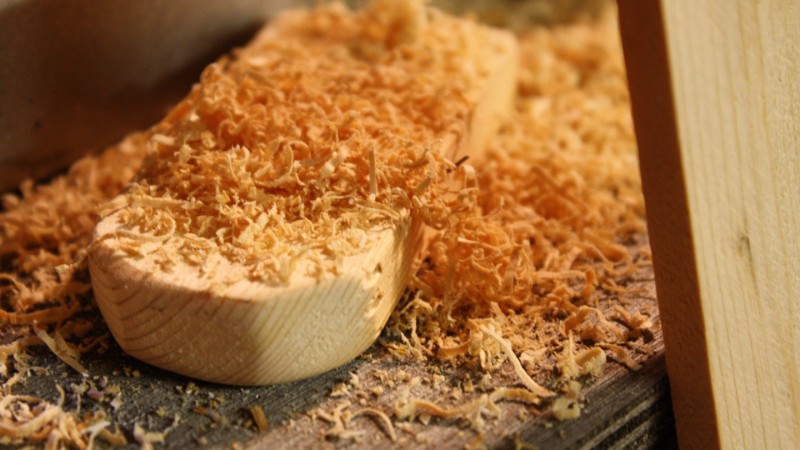
Spices, the quintessential ingredients that add flavor and aroma to our favorite dishes, have always been cherished for their ability to elevate culinary experiences. However, recent revelations have shed light on a concerning practice within the spice industry – the addition of wood sawdust. This seemingly innocuous additive poses a potential threat to our health, raising questions about the integrity and safety of the spices we consume. In this article, we delve into the depths of this issue to uncover the risks associated with the presence of wood sawdust in spices.
Wood sawdust is a byproduct of the woodworking process, consisting of fine particles of wood created by sawing or sanding. Traditionally used in various industries for purposes such as animal bedding and fuel, sawdust has found an unexpected application in the food sector.
The use of wood sawdust as an adulterant in spices has emerged as a concerning trend in recent years. Unscrupulous producers may add sawdust to spices as a cheap filler, thereby increasing profit margins at the expense of consumer health.
One of the primary health risks associated with wood sawdust in spices is contamination. Sawdust, especially if sourced from untreated or contaminated wood, can introduce harmful pathogens and microorganisms into the spice mixture. These contaminants may include bacteria, fungi, and molds, which have the potential to cause foodborne illnesses and other health complications.
Individuals with sensitivities or allergies to certain types of wood may experience adverse reactions upon consuming spices contaminated with sawdust. Common symptoms of wood allergies include respiratory issues, skin irritation, and digestive discomfort. Moreover, the presence of sawdust allergens in spices may pose a significant health risk to susceptible individuals.
Certain types of wood, particularly those treated with preservatives or chemicals, can pose a risk of toxicity when ingested. Chemical compounds present in treated wood, such as pesticides and fungicides, may leach into spices mixed with sawdust, potentially causing acute or chronic poisoning in consumers.
One of the challenges in addressing the issue of wood sawdust in spices lies in the lack of comprehensive regulatory oversight. Many regions lack specific regulations governing the use of sawdust as a food additive, allowing unscrupulous producers to evade detection and continue engaging in fraudulent practices.
Ensuring the safety and integrity of spices requires robust quality assurance measures throughout the supply chain. From sourcing raw materials to manufacturing and distribution, rigorous testing and inspection protocols are essential to detect and prevent the adulteration of spices with substances like wood sawdust.
In light of the potential health risks associated with wood sawdust in spices, empowering consumers with knowledge and awareness is crucial. By educating the public about the signs of adulteration and the importance of purchasing spices from reputable sources, individuals can make informed choices to safeguard their health and well-being.
Consumer demand for transparency and accountability in the spice industry can drive positive change and encourage manufacturers to prioritize quality and safety. Supporting brands that adhere to ethical practices and transparency standards sends a clear message that compromising on product integrity is unacceptable.
The inclusion of wood sawdust in spices represents a troubling trend that threatens the health and trust of consumers worldwide. From contamination concerns to potential toxicity risks, the presence of sawdust in spice mixtures poses significant challenges to food safety and regulatory oversight. By raising awareness, advocating for stricter regulations, and supporting ethical producers, we can work together to ensure that our spices remain pure, flavorful, and above all, safe for consumption.
The Role of Essential Nutrients in Thalassaemia Prevention
Changing Lives. Shaping Tomorrow: How to Honor Nurses on International Nurses Day 2024
Mangoes are good... but if you eat more than this then there is a problem